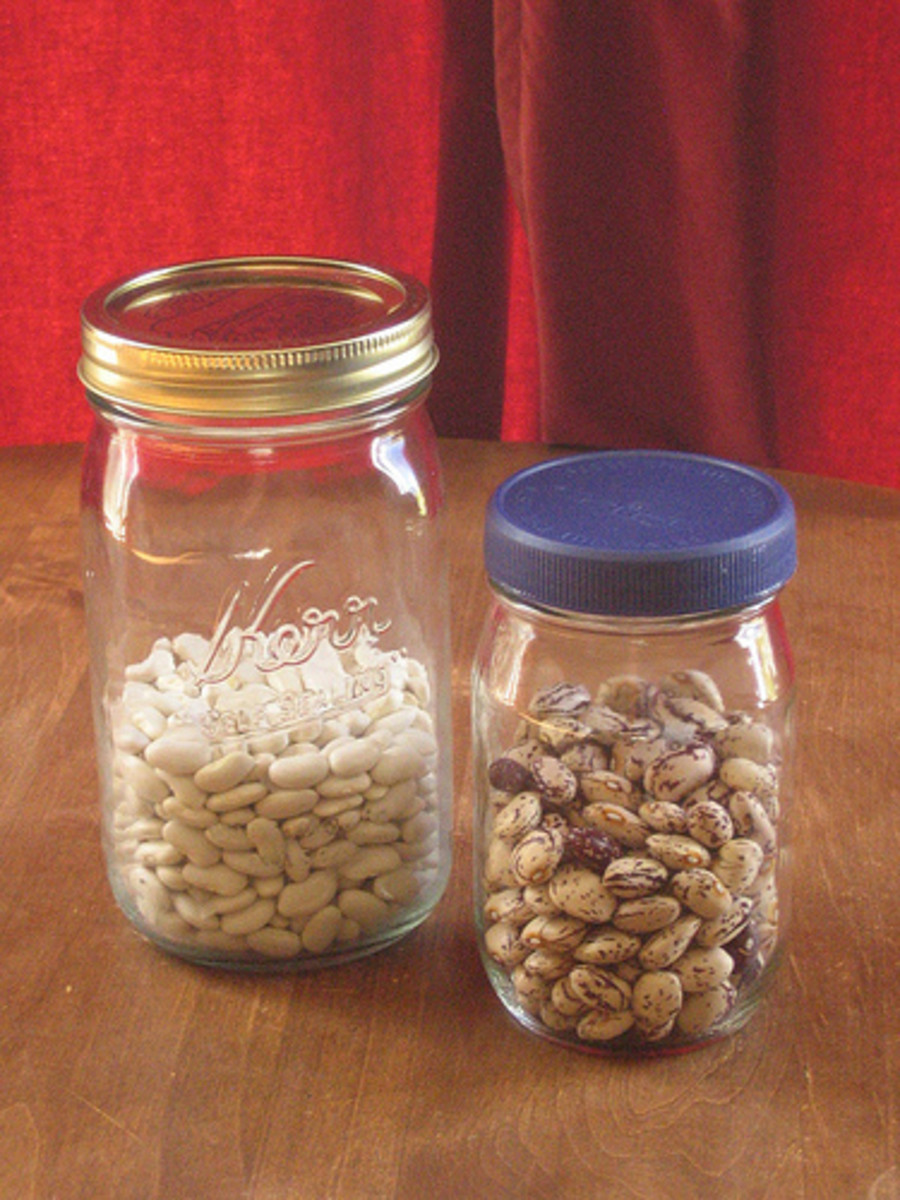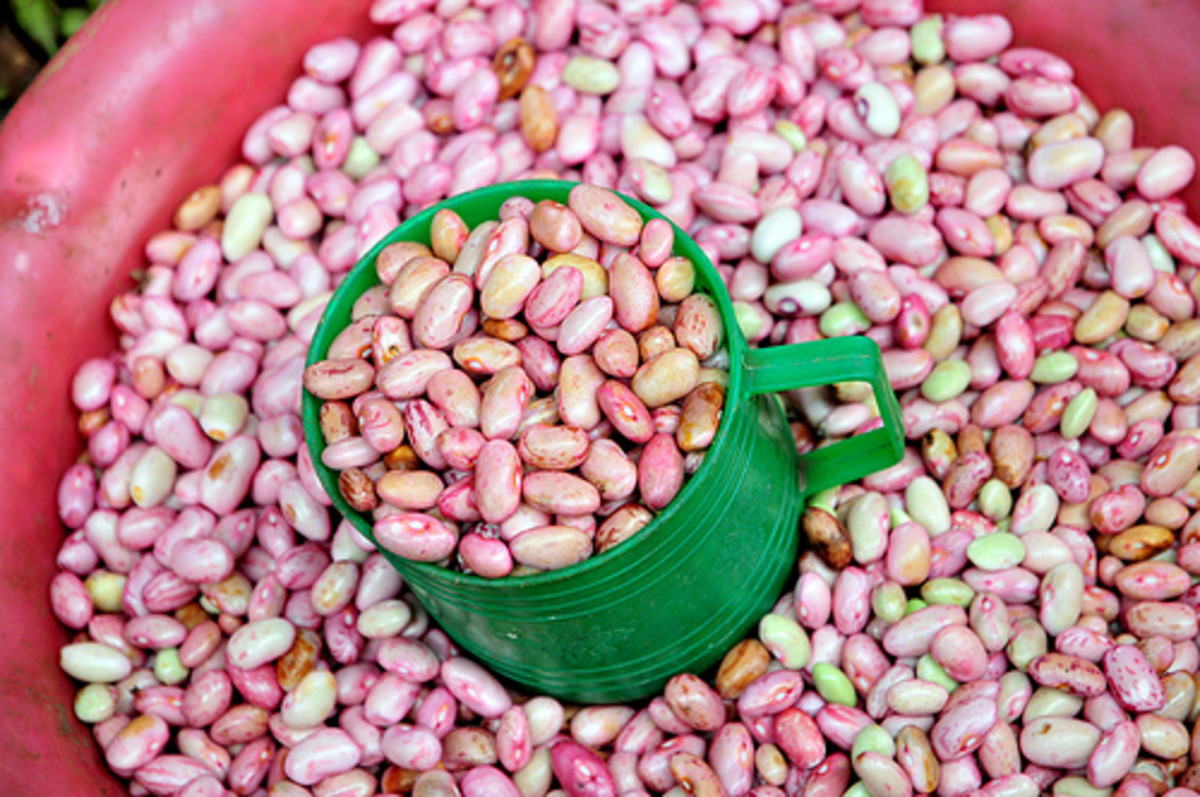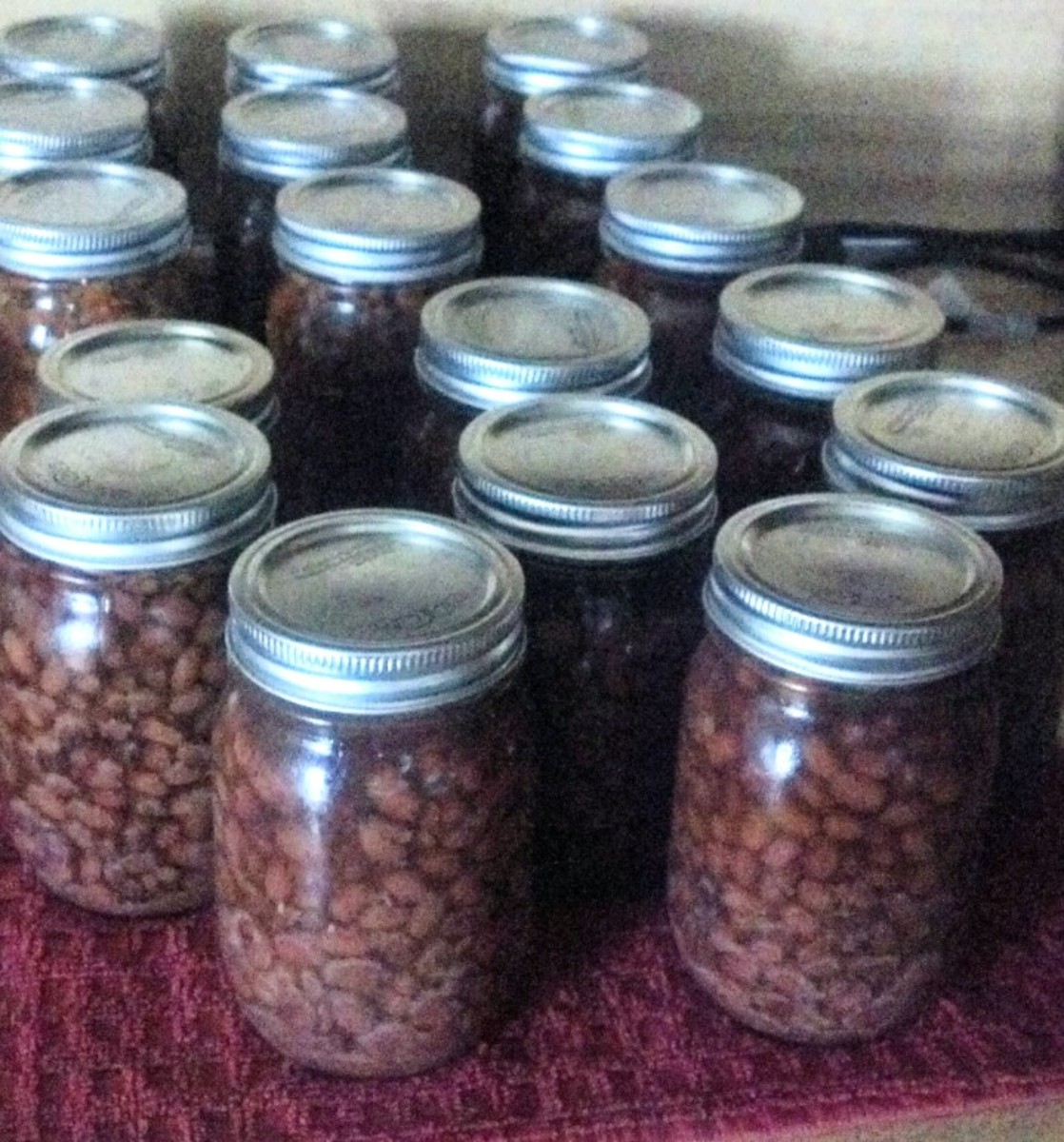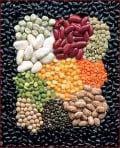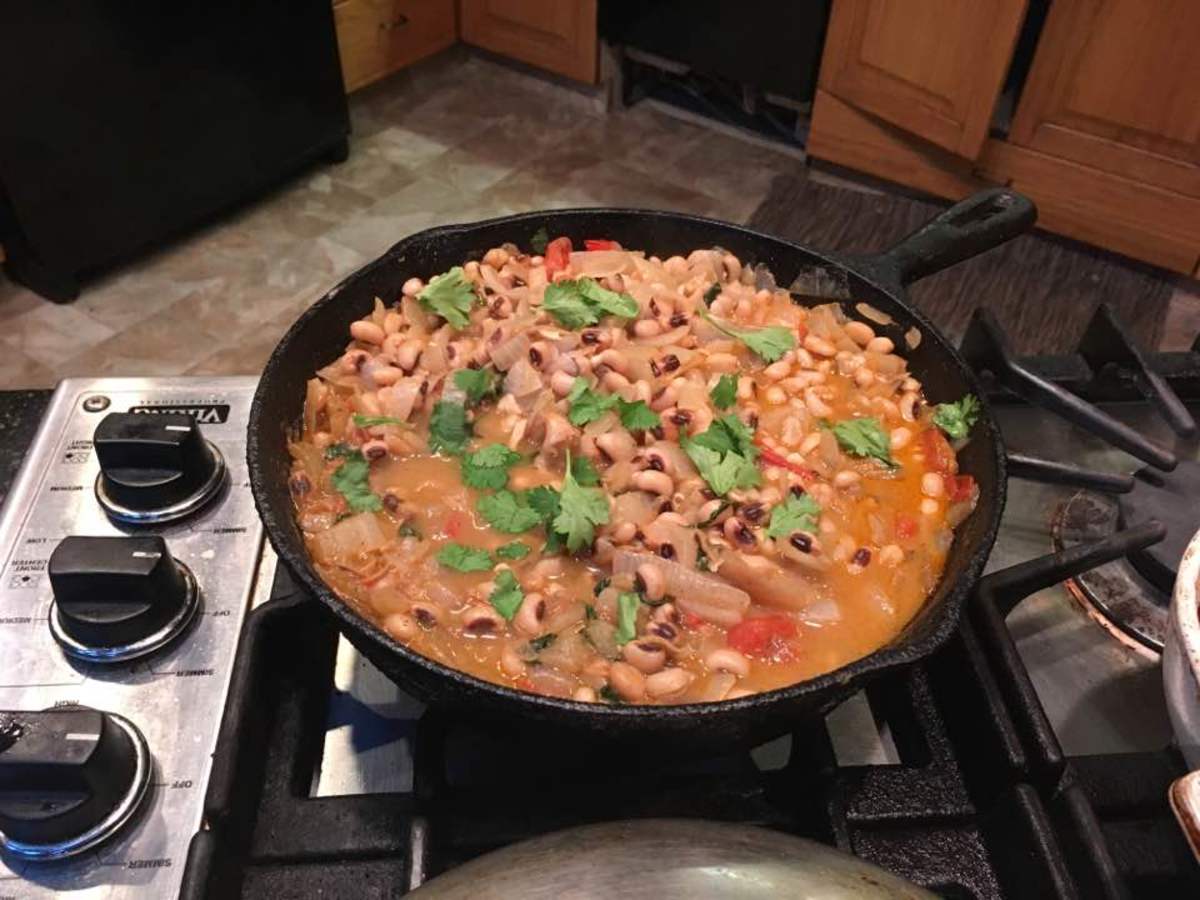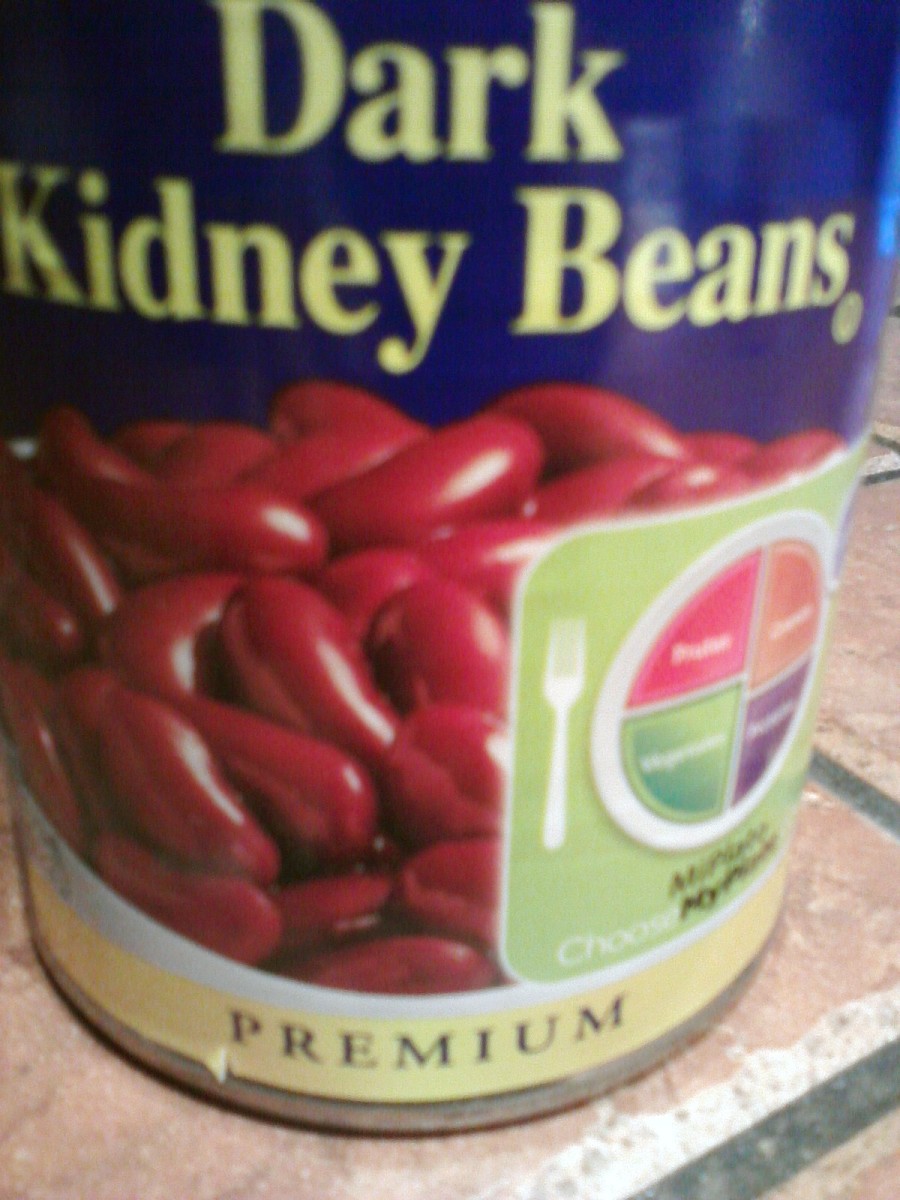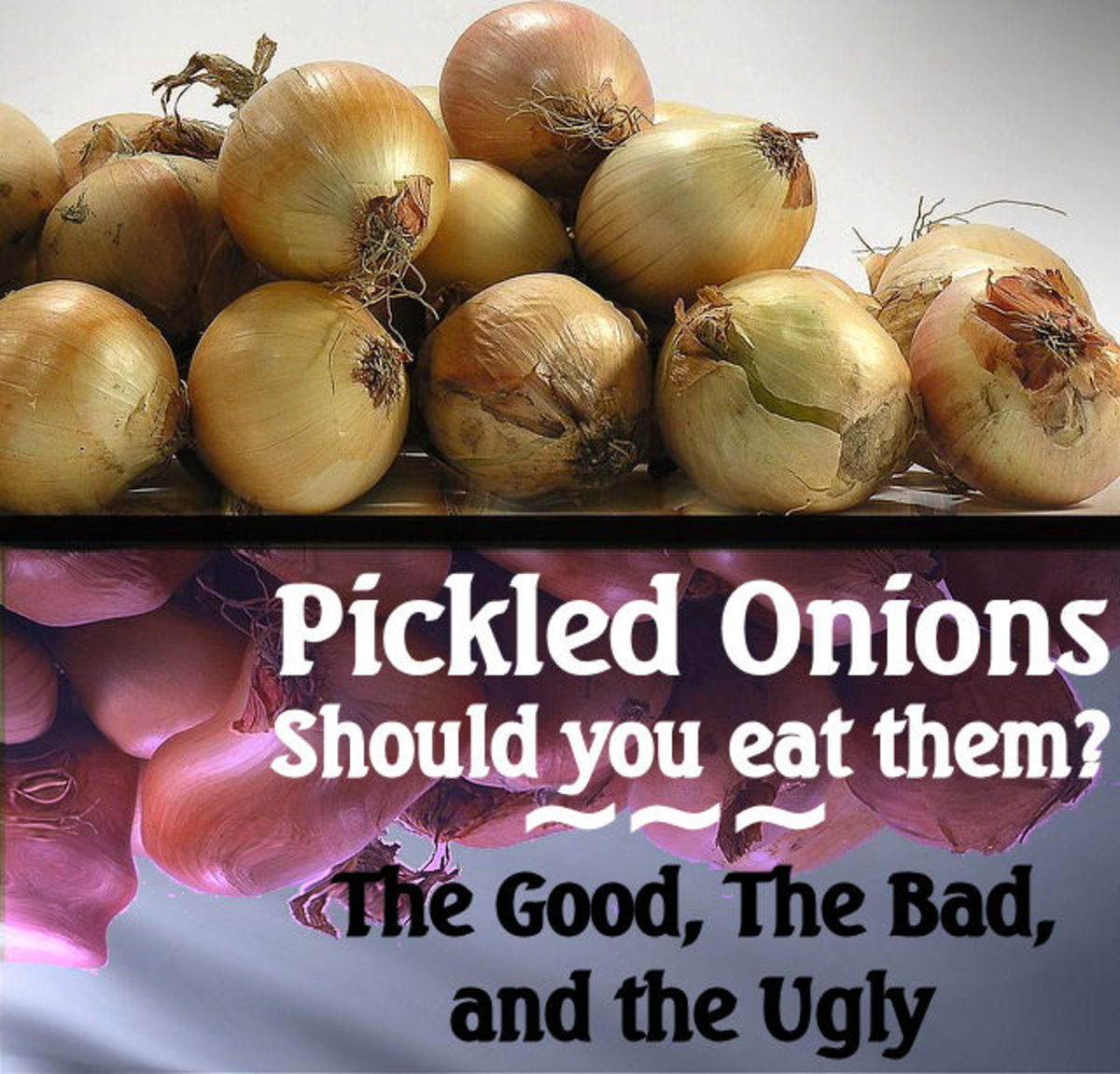- HubPages»
- Food and Cooking»
- Cooking Ingredients»
- Vegetable Ingredients
Beans and Legumes
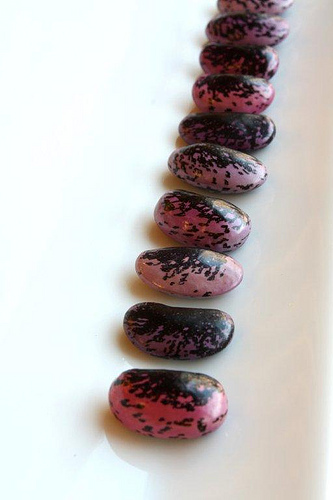
Beans, according the FAO, are pulses – foods that are harvested for use as dry grains. In that case, green beans and peas are not pulses, but cranberry beans, pintos, black eyed peas, fava beans, and lentils are. The ones grown for oil, such as soybeans and peanuts – are not pulses, although they are beans. I personally don’t think the designation adds much to everyday usage – it’s rather confusing, although for agricultural purposes the distinction could be useful. For the purposes of these articles though, I’m going to use the more commonly known derivations, beans, legumes, soy, etc.
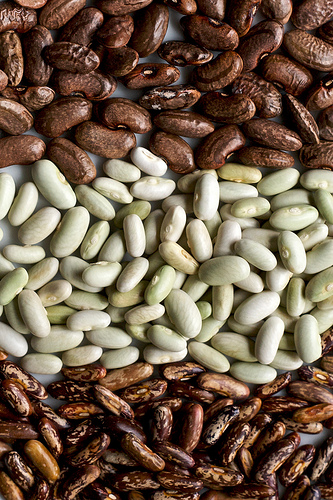
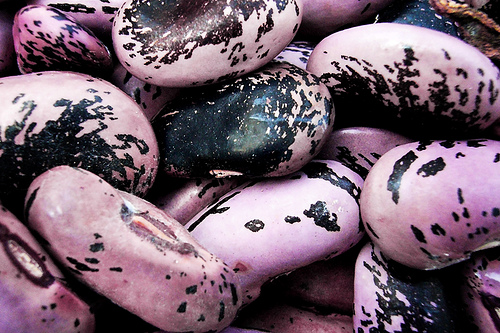
So why beans?
Because they taste great! Each variety and cultivar has it’s own distinct flavor, but think of it as a pre-primed wall. Yes, the base is already there, but the rest is up to you. Just as you add any color or texture to a wall as you wish, flavors and richness can be brought to beans. However you like! Beans are fabulous for taking up other flavors readily, so that they can be personalized and spiced up – or down – to your heart’s content. There are also tons of varieties – from delicate lentils to the sweet butter bean to the lusty blacks – there’s something for every cuisine and palate.
They are also one of the most budget friendly proteins imaginable. For an example how how incredibly cost effective they can be, check out Black Bean and Chicken Stew.
In addition the nutritional benefits of beans are unparalleled. I’ve read several articles stating that they are an acceptable substitute for meat, historically in times of famine. I think they should stand on their own, not just when you’re short on rib-eye. Beans are packed with protein – between 20-25% protein, depending on the type of bean. And I love that it’s fat free protein (although I admit I do drop a good bit of pig in my own soup beans while they cook). Beans contain twice the protein as grains, and three times the protein as rice. Not bad, huh? So don’t think of beans as something you eat if you can’t get meat of some kind. Oh no! Think of them on their glorious own – a beautiful healthy source of protein and some rocking nutritive elements!
Beans are rich in the amino acid methoionine. Grains contain very little to none of this nutrient, which is necessary survival. Grains do contain lysine, which beans lack, so the two together are pretty much a superfood when in combination. Together, beans and grains can make a complete diet. In addition, they are loaded with dietary fiber, starch, iron, potassium, thiamine, vitamin B6, vitamin A, vitamin C, folic acid, selenium and molybdenum. The consumption of beans has also been tied to a significant reduction in death from coronary heart disease. So you see beans can be an integral part of a diet leading to a long and healthy life.
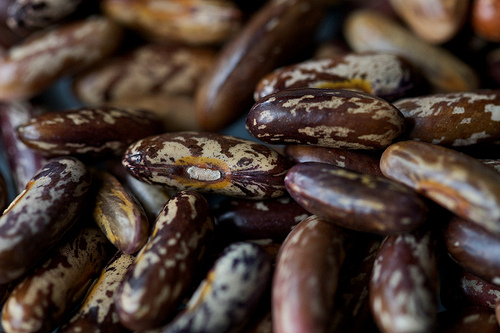
Bonus!
The best part? Beans are EASY! In my neck of the woods, soup beans are often one of the first (sometimes only!) dishes someone learns. Usually from a mama or granny of course. A friend of mine, a native of Mexico, told me recently the only dish he knew how to make was his own mother’s black bean soup. There really are only a few tricks and techniques, and the really, REALLY cool part, is that these tricks apply to almost all dried beans. So the variety you have may differ a little, but all the general information will be the same.
If you do manage to come across fresh beans – those that haven’t been dried, then you can treat them as you would any fresh vegetable (although technically – beans are a fruit). Most of the time however, you’ll find them dried. Now – the more recently they’ve been dried, the ‘fresher’ they are – which can be a tad confusing. Fresh dried beans take less time to soak and cook, and they therefore lose fewer of their water soluble nutrients. So when you’re buying dried beans, pick a store with a higher turnover. You’ll know you’re beans haven’t been there long and are more likely fresher. A basic selection of dried beans, pintos, red, kidney, black, lima, navy, black eyed peas and lentils – is available in almost every grocery store. For more unusual or exotic varieties, check out Amazon. They have a huge selection from multiple vendors.
Most dried beans need to be soaked before cooking (lentils are an exception – check packages) There are really two ways to do this. The first is the most traditional; simply soak your beans in cold water overnight. Just cover the beans by a couple inches, let them sit, and in the morning drain them off, rinse, and replace with fresh cooking water.
The second is usually called a quick-soak method. Frankly I rarely remember to soak beans the night before, so I usually do this. Cover them with cold water, bring to a boil, then turn it off and walk away for an hour. Drain, rinse, and then proceed with cooking.
Different bean varieties need different cooking times as well – lentils and black eyed peas are relatively quick. Large beans like cranberry and pintos need longer. The time will vary, much dependent on the ‘freshness’ of your dried beans, but in general plan on 1-4 hours of simmering time.
Most beans do produce a difficult to digest sugar, which is what can cause an issue with gas. However, there are several things that can be done to assist in this. The first is to eat a lot of beans – intestinal microbes will adjust and that solves the problem right there. The soaking methods listed above also help remove these sugars. A little vinegar can also be added to the beans once they have cooked, which helps with the ‘sugar’ issue. Other spices, such as coriander, cumin and anise can be added earlier in the cooking process and these are natural assistants as well.
One final thing to note – acids such as tomato, citrus and vinegars are an amazing compliment to beans. However, don’t add them until the end of the cooking process – when the beans are already tender. The acid will prevent the beans from becoming tender if added before then. Salt however, which many people think does the same thing, is fine. Layer in your seasonings while simmering the beans as you would any other dish, just keeping an eye on the addition of the acids
- The Thrillbilly Gourmet
Combining classic technique with everyday food for spectacular results!


